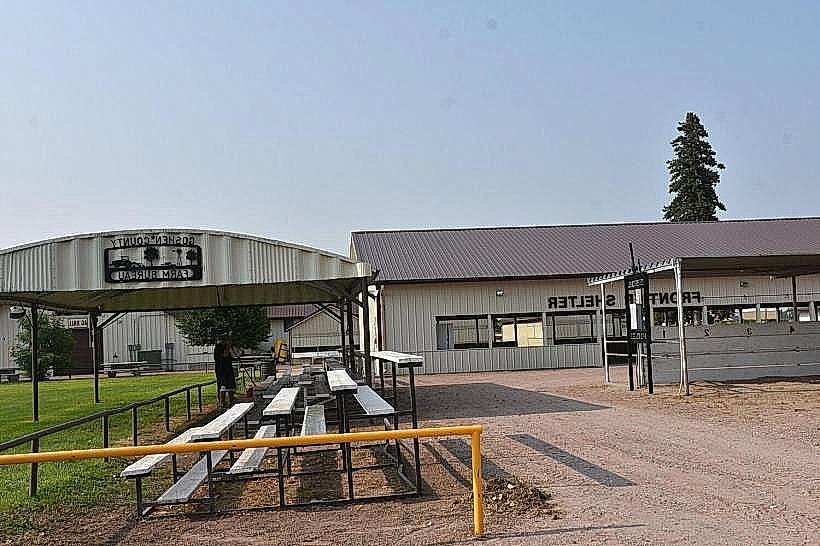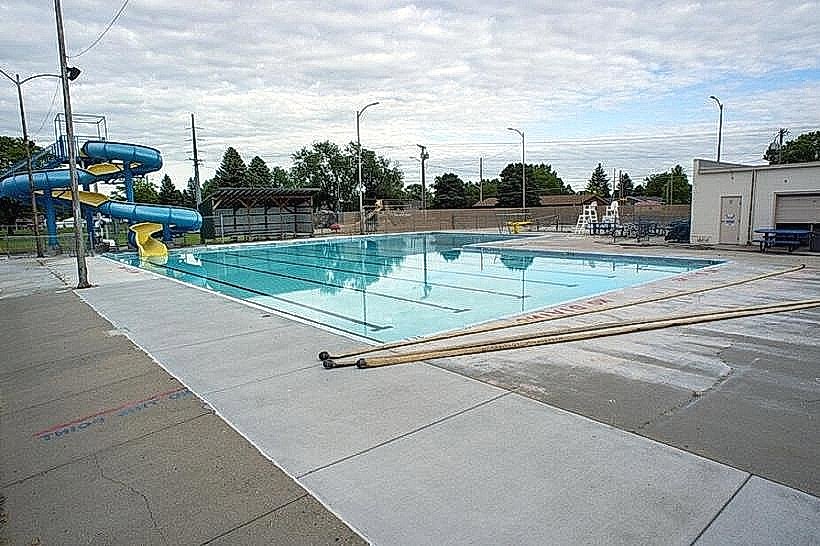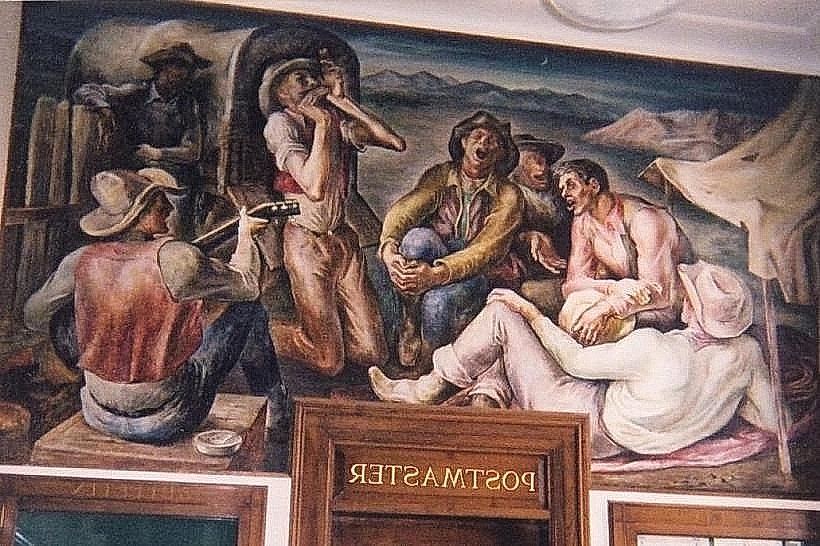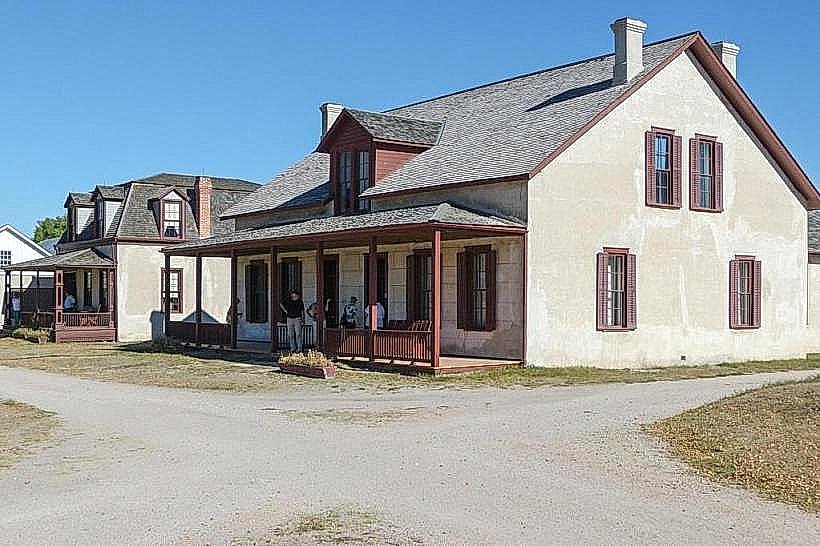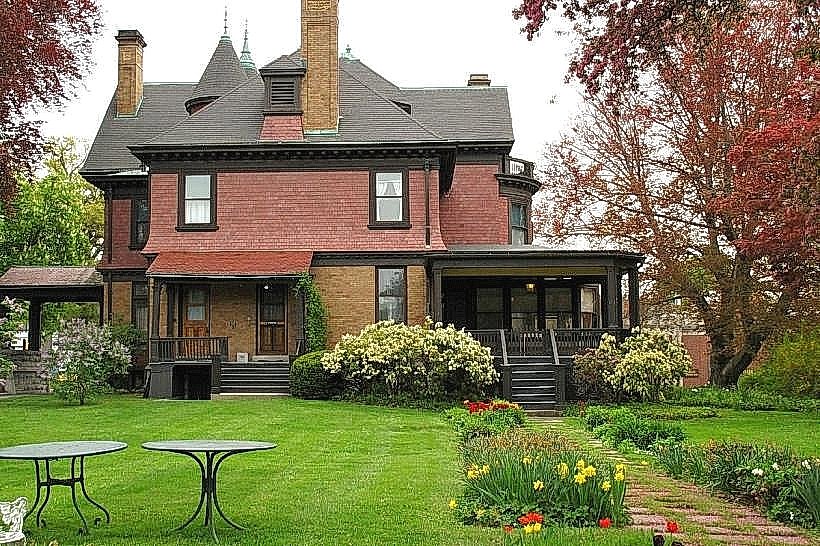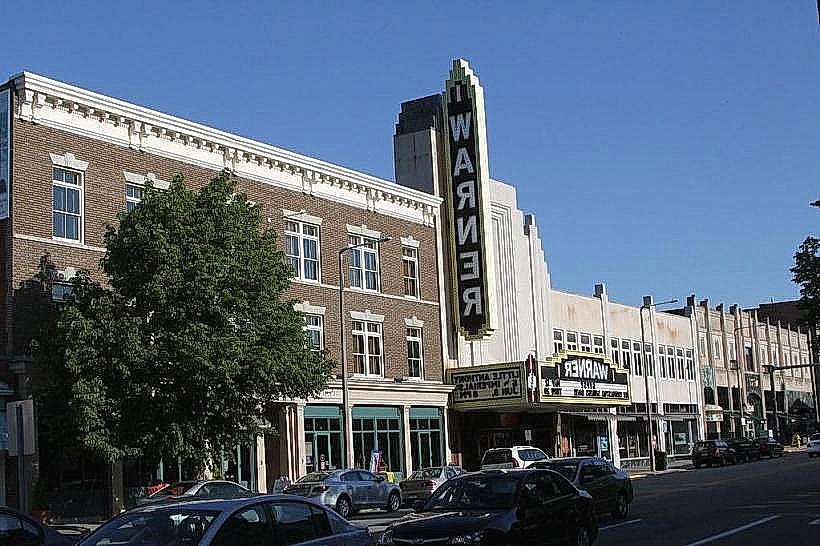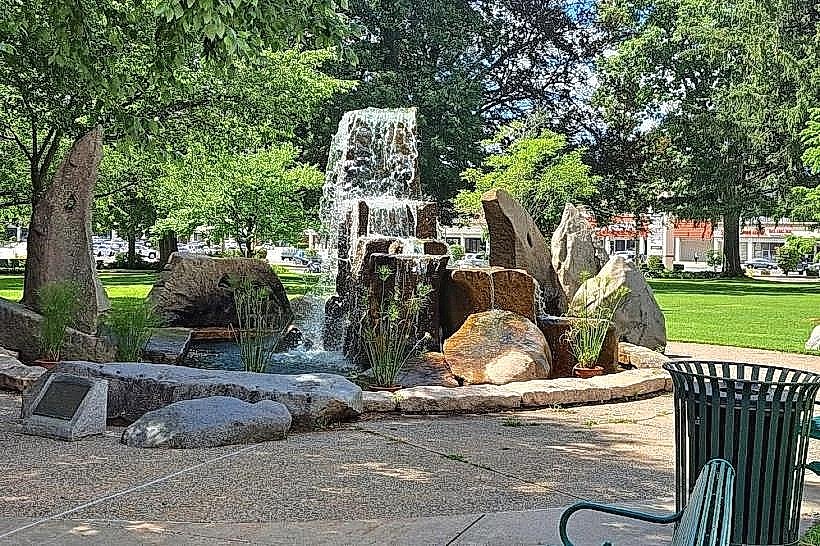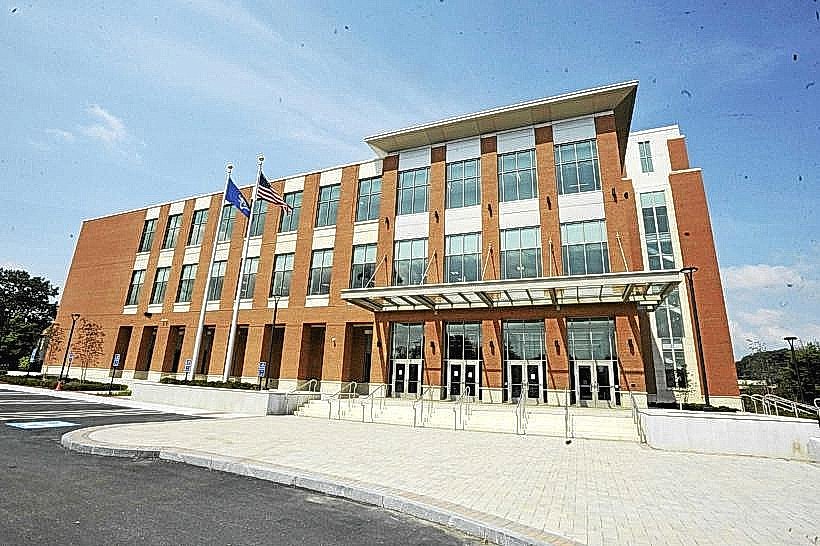Information
Landmark: Wolcottville Historic DistrictCity: Torrington
Country: USA Connecticut
Continent: North America
Wolcottville Historic District, Torrington, USA Connecticut, North America
Overview
In Torrington, Connecticut, the Wolcottville Historic District blends homes and shops, telling the story of the city’s growth from the late 1700s to the early 1900s-brick storefronts still echoing the bustle of another era, as well as it shows how Torrington’s industry, society, and architecture have grown over time, holding onto a unified mix of historic brick buildings, familiar streets, and gathering spots where neighbors still meet.Wolcottville grew alongside Torrington’s industrial boom, fueled by the brass and hardware trades, with rows of clapboard houses and modest brick shops rising to serve factory hands, merchants, and the town’s middle class, while the district captures where Torrington’s homes, shops, and civic buildings once met during a boom in the local economy, showing how the town grew and knit its community together.Known for its well-kept architecture and rich history, the district preserves streets lined with brick facades and storefronts that still echo Torrington’s industrial-era charm, subsequently the neighborhood showcases a mix of styles, from the crisp lines of Federal and Greek Revival to the ornate curves of Italianate, the whimsical towers of Queen Anne, the stately Colonial Revival, and the warm woodwork of early 20th‑century Craftsman homes.Homes, both single- and multi-family, feature ornate wood trim, broad porches, and period touches-details that reveal the style preferences and social standing of the people who first lived there, while commercial buildings range from tiny corner shops to busy offices and service hubs, each adding to the district’s lively mix of uses.Tree-lined streets with shaded sidewalks and evenly spaced building fronts keep the district’s historic charm alive, in turn outbuildings, pocket parks, and weathered signs with ancient lettering all help shape the district’s character.The community’s industrial heritage comes alive in Torrington’s heritage brick homes and storefronts, telling the story of its brass, hardware, and manufacturing past through the places where workers lived and business owners built their trade, what’s more social history reveals how people in the 19th and early 20th centuries lived-where they made their homes, how they organized their neighborhoods, and the ways they gathered for town meetings or fairs.Architectural education shows how styles shift and cities grow, using a recent England mill town with brick facades and narrow streets as its example, moreover visitor Experience Walking Tours let you wander past brick storefronts, quiet tree-lined blocks, and elegant historic homes, all while discovering how Torrington’s history took shape.Photography and Study lets you capture period architecture, winding aged streets, and the worn bronze handles of buildings carefully preserved through time, also cultural engagement comes alive through plaques you can pause to read or tours led by a guide, offering stories of the town’s mills, the families who ran them, and the brickwork still warm in the afternoon sun.You’ll find it in central and southern Torrington, Connecticut, where quiet tree-lined streets meet a scattering of compact shops, moreover public streets stay open around the clock, but you can only step inside private properties during organized tours or events, to some extent From what I can see, You’re free to wander the streets and take in the brick facades, but please stay off private property, in addition the area offers sidewalks, public street parking, and sits close to downtown, where cafés and visitor services are just a short amble away.The Wolcottville Historic District, carefully preserved, tells the story of Torrington’s industrial-era boom, where brick storefronts stand beside heritage houses and the town hall’s clock still ticks, not only that it opens a clear view into the city’s shifting skyline, its layered social past, and the growth of its neighborhoods, making it a rich stop for heritage travelers, architecture enthusiasts, and anyone drawn to its cultural heartbeat.
Author: Tourist Landmarks
Date: 2025-09-19




